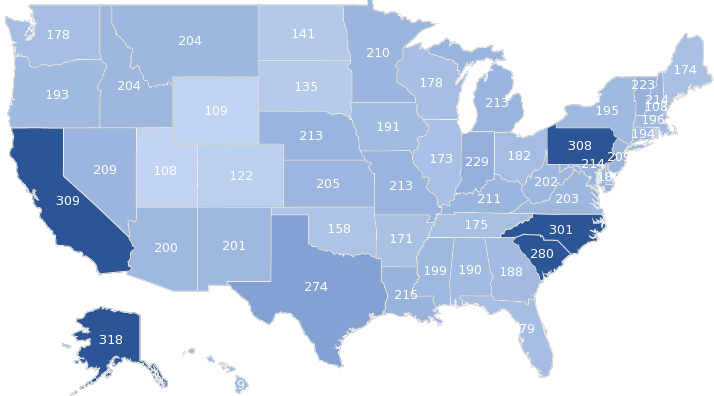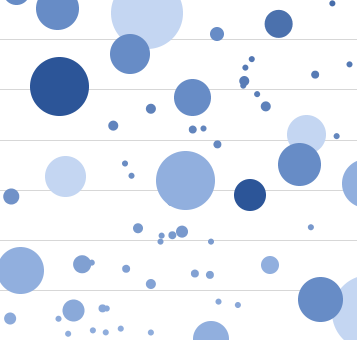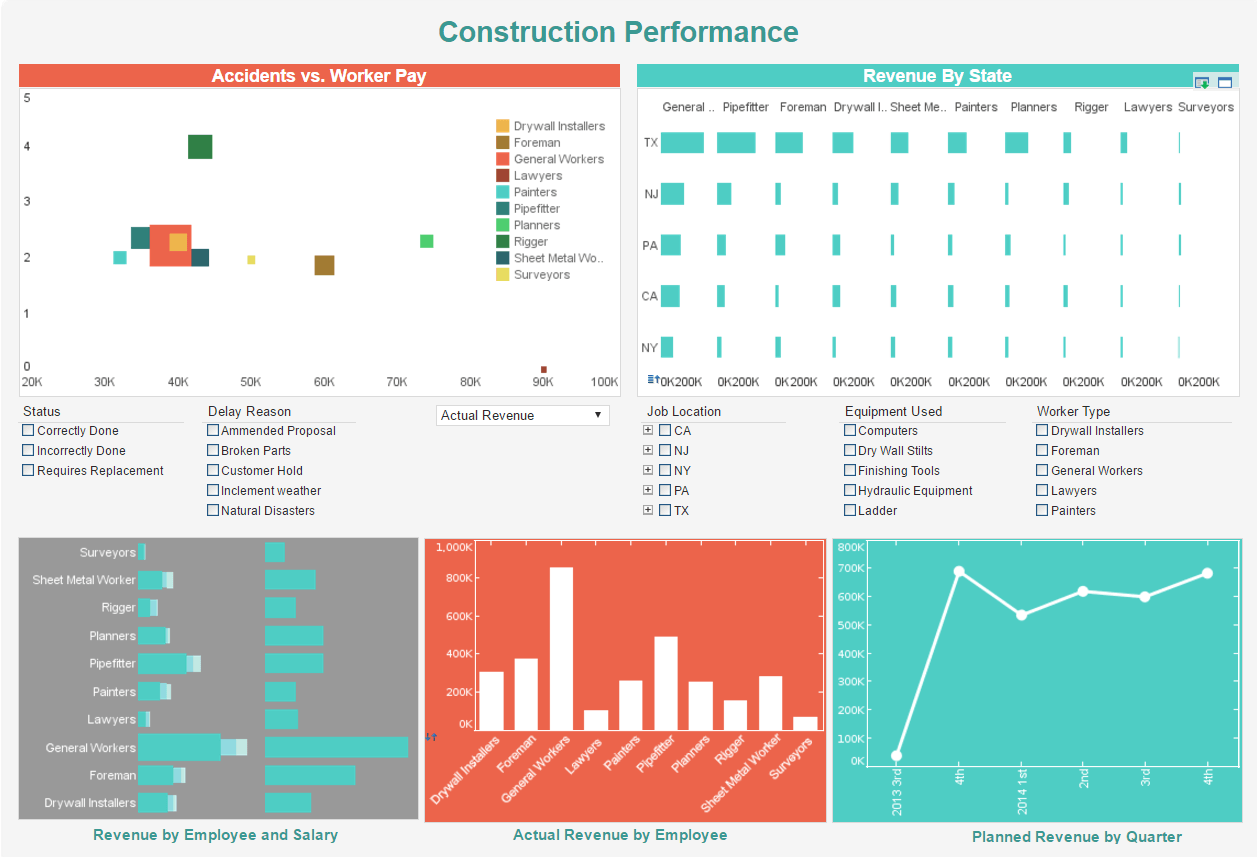InetSoft Product Demonstration: Creating Real-time Dashboards and Visualizations
This is the continuation of the transcript of a product demonstration provided by an InetSoft sales engineer for an enterprise prospect interested in our business intelligence software.
I am going to show you the features today of our BI application called StyleBI. I am going to start
up with the visualization module, show you some sample dashboards.
In the InetSoft world, these
interactive exploratory dashboards are called viewsheets. I can show you some finished viewsheets, and let's see
how these are developed using a drag and drop Web interface.
Then we will look at the publishing module. We will look at some sample reports. And then we can look at something called ad hoc reporting, where again a business user can modify an existing report using Web-based tools and even create new reports from scratch. Then we will look at the foundation and how you set it all up, how you connect your different data sources, how you logically model them, extract data out, and how you partition it.

Well what do I have in front of me? In front of me, I have our default user portal. So when you install the product, we give you an out-of-the-box framework via which users can log in. They can view their dashboards, view their reports. They can self-serve themselves. They can design their own dashboards and reports. They can set up batch jobs. They can schedule reports. Run this everyday at 6 o’clock, and email it out to my boss.
Although, we can change the look and feel of the portal. You don’t have to use this interface if you don’t want to. Most of our clients embed us into their own Web applications with single sign on. So user log into their enterprise portal, and then he clicks on a link or tab of the dashboard or report, which automatically invokes InetSoft modules.
Let's look at our first example. This is the monitoring dashboard for sales processes. So let's say I am a retailer. I sell different products to different clients. Via this dashboard, I can monitor my KPIs and look at my year-to-date sales, year-to-date returns, and I could even compare them to last year. So I know if we are ahead of last year, or we are behind last year. On the top, I have my sales by week for the current quarter, and I can compare them to just see results for the last year.
Over here, this is my product inventory listing. Notice how I can conditionally highlight records to show me products which are low in stock, products which are out of stock. In the bottom, I have my sales distributed by location. As you can see, we have mapping capabilities, not just restricted to the US, we can use global maps. These maps are based on the SHP standards, which refer to the shape files. So they are extensible. For instance, you can have your own custom app of the UK or of London city and all the boroughs within London. Then you can interact, you can visualize your data with that map.
I have all these independent modules arranged in a single view to get a really useful business dashboard, to get a broad view of my data. What if I want to do a more in-depth analysis of one of the modules? What if I want to dig deeper into my KPIs? I can always click on this little sub-module and zoom in and get a complete detailed view. I can break down my KPIs by sales rep, by product category. Notice how the user can play with different dimensions and measures.
Question: Can you have information in the dashboards be real-time?
Yes, our product functions in a live mode, if you really need live real time data. You actually query the data source live to get the most up-to-date data. You also have high performance caching mechanisms. You can get the basis of your visualization stored in this really nice high performance cache, what we call a materialized view. Then as you interact with your data and slice and dice and crunch your data, you do not load your database. We support both data access modes, flexible and real-time support.
 |
Read the top 10 reasons for selecting InetSoft as your BI partner. |
| Previous: Demonstrating Self-service BI Capabilities |
